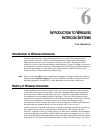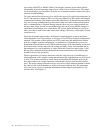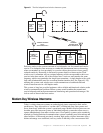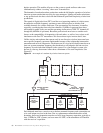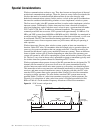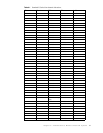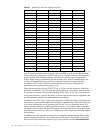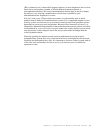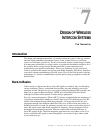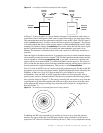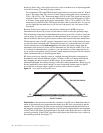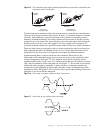
92 Handbook of Intercom Systems Engineering
Having touched briefly on the FCC rules, I must inform you the vast majority of users, not
only of wireless intercoms, but of wireless mics and IFBs as well, do not obtain licenses.
In fact, historically, many users of UHF wireless gear, outside of television broadcasters or
people working with broadcast entities, could not even qualify to get an appropriate
license. Right, wrong or indifferent, this has been the case. Telex Communications, Inc.
strongly recommends that every wireless system be licensed and operated in strict
accordance to FCC rules. Your local wireless dealer can help you understand the
requirements and regulations that apply to you.
There has been progress though. The FCC has, as of late, worked with users, other than
broadcast, to facilitate a win-win licensing scheme that may, in the future, help to ensure
all systems are licensed and operated according to FCC rules. In any case, each user must
in all good conscience, research his ability to license and operate wireless equipment, and
govern equipment purchase and implementation accordingly.
In addition to the FCC rules, wireless users must also consider how best to avoid harmful
interference to ensure uninterrupted and intelligible communications. One of the best ways
to go about selecting the area of spectrum you will use is to do a frequency survey. By
using a spectrum analyzer or other specialized receiver, it is possible to look at potential
interference sources and avoid them. Picking an area of spectrum that is free from external
interference sources will go a long way in helping you select frequencies that offer trouble
free operation.
In addition to a clear spectrum, you must also consider the intermodulation affects of the
specific frequencies you pick. An in depth study of this topic is beyond the scope of this
book, but we will touch on the subject to give you a general overview.Intermodulation
Chan Start Video Chroma Audio
46 662 663.250 666.8295 667.750
47 668 669.250 672.8295 673.750
48 674 675.250 678.8295 679.750
49 680 681.250 684.8295 685.750
50 686 687.250 690.8295 691.750
51 692 693.250 696.8295 697.750
52 698 699.250 702.8295 703.750
53 704 705.250 708.8295 709.750
54 710 711.250 714.8295 715.750
55 716 717.250 720.8295 721.750
56 722 723.250 726.8295 727.750
57 728 729.250 732.8295 733.750
58 734 735.250 738.8295 739.750
59 740 741.250 744.8295 745.750
60 746 747.250 750.8295 751.750
61 752 753.250 756.8295 757.750
62 758 759.250 762.8295 763.750
63 764 765.250 768.8295 769.750
64 770 771.250 774.8295 775.750
65 776 777.250 780.8295 781.750
66 782 783.250 786.8295 787.750
67 788 789.250 792.8295 793.750
68 794 795.250 798.8295 799.750
69 800 801.250 804.8295 805.750
Table 6.1
Standard US television channel allocations.




